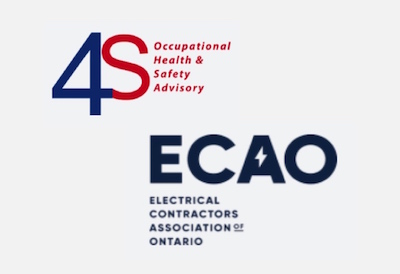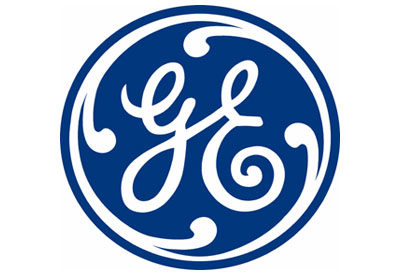Hydro One and Peak Power Launch Innovative New Pilot Program to Enhance Power Resiliency Using Electric Vehicle Chargers

November 12, 2021
Photo: From left to right: Carla Nell, Vice President of Corporate Relations, Stakeholder Engagement and Innovation, IESO, Jason Fitzsimmons, Chief Corporate Affairs and Customer Care Officer, Hydro One, Matthew Sachs, Chief Operating Officer, Peak Power, and Minister of Energy, Todd Smith announce the innovative EV pilot program. (CNW Group/Hydro One Inc.)
Hydro One and Peak Power launched a new pilot program to study the benefits of using electric vehicle (EV) charging technology to improve power resiliency and reliability for customers. Two-way Vehicle-to-Home (V2H) charging technology will be installed at the homes of program participants to test the ability of EVs to act as batteries and provide back-up electricity through simulated power outages. This technology has the potential to support the shift to electrification and a low-carbon economy for customers in Ontario. As part of building a grid for the future, the innovative pilot program will study how this technology can improve the reliability of Hydro One’s distribution system.
“At Hydro One, we are committed to meeting the needs of our customers and providing exceptional service. As a leader in the integration of clean energy resources, we are making smart investments in our electricity system to enhance power resiliency,” said Jason Fitzsimmons, Chief Corporate Affairs and Customer Care Officer, Hydro One. “Our partnership with Peak Power and the IESO will help us explore how this technology can lower costs and improve service for our customers.”
“We’re thrilled to be working with Hydro One as a utility partner who shares our passion for pioneering clean energy innovation to benefit their customers and help support the reliability, affordability and sustainability of Ontario’s grid alongside growing EV adoption,” said Matthew Sachs, Chief Operating Officer, Peak Power. “This V2H project will demonstrate how utilities and system operators can integrate intelligent clean tech to modernize their grid with cost-efficient software solutions.”
The pilot program is funded in part by the Independent Electricity System Operator’s (IESO) Grid Innovation Fund. The fund supports projects that either enable customers to better manage their energy consumption, or reduce costs associated with maintaining reliable operation of the province’s grid.
“We are enthusiastic about the potential for EVs to evolve beyond just consuming energy to become active contributors to the grid in ways that increase reliability and cut costs,” said Lesley Gallinger, President and Chief Executive Officer, Independent Electricity System Operator. “Ontario is gearing up for a period of significant demand growth coupled with increasing pressure on supply. We see EV owners as potential partners in the system – being a part of the solution to meet Ontario’s long-term energy needs.”
Peak Power will leverage its software demonstrated in its existing Peak Drive pilot in partnership with Nissan and the Federal Government to explore the benefits of V2H two-way charging. This technology is already being used with Nissan Leaf EVs in Japan, Europe and Australia.
“Nissan has always been a supporter of measures that help encourage electric vehicle adoption so we’re happy to see pilot programs like this that raise awareness around the potential of electric vehicles,” said Nissan Canada. “Sustainability and electric vehicles are an important part of the future and Nissan will continue to offer customers EVs, like the Nissan LEAF and upcoming all-new Ariya electric crossover, to continue to push the EV industry forward.”
Vehicle-to-Grid technology can cut costs and emissions and power a home for approximately three days, with enough battery in reserve to drive to a recharging site.










![Guide to the Canadian Electrical Code, Part 1[i] – A Road Map: Section 52 — Diagnostic imaging installations](https://electricalindustry.ca/wp-content/uploads/2022/11/Guide-CE-Code-2.png)






